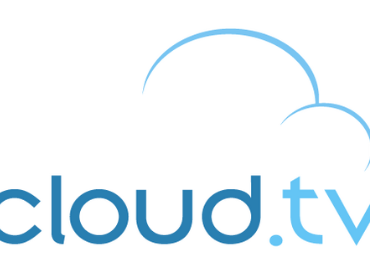Cloud TV, Anyone?

There has been plenty of hype around the concept of smashing the old cable and satellite TV models via video streaming and other services. Just this week, word leaked out that Apple is in talks with broadcast and cable networks to offer an Internet-based TV service for its ubiquitous devices along with one of its few laggards, Apple TV set-top boxes.
So what's this got to do with enterprises?
One possible answer is that the cloud may emerge as a possible transmission platform for a future generation of online TV viewed on what one company promotes as an "online TV network device." The promoter, xTV, recently announced a Windows-based HDMI device aimed at enterprises that would run on the Microsoft Azure cloud.
The company, based in Redwood Shores, Calif., says its device—no bigger than a USB memory stick—could serve as a real-time platform for company's to create their own online dot-TV station, or in this case, domain.
"Ninety percent of the enterprise screens in the market are idle," asserts xTV CEO Joe Ward. Using the Azure-based platform, Ward argues that retail, health care and the hospitality sectors could access a real-time feed updated with curated content from YouTube, Twitter, news services and a company's own promotional material.
As the cloud disaggregates nearly all information technologies, xTV maintains it can also leverage the cloud to disaggregate the way video content is delivered.
Microsoft is betting xTV's approach cloud give its cloud business a boost as smartphones, tablets and other devices become "cloud TVs." Presumably, Microsoft Azure has some unused capacity that could be utilized by blank TV screens.
"The Internet Of Things plays an important role in the future landscape of the Microsoft ecosystem," Gustavo Semencato, senior product manager for its Microsoft's Internet Of Things initiative, added in a statement announcing its collaboration with xTV. "We’re excited about the possibilities these real-time, interactive screens can bring to the enterprise from xTV’s collaboration with Azure."
Founded in 2011, xTV bills itself as a "next generation media company" delivering a cloud-based platform to develop a real-time "lean-back" TV feed.
The company claims its approach differs from previous efforts not only because it is cloud-based but also because other schemes require a laptop to transmit to the device. Ward said xTV's device is "fully self-contained," so once content is delivered companies can download product information, for example, through a "quick response" code from a smartphone or a tablet.
Hence, the company claims the cloud-based HDMI device is "a new way for enterprises to monetize their digital screens."
While Microsoft has yet to invest in xTV, the "fully interactive cloud TV" company has so far attracted $2 million in venture capital as of last summer, according to investment tracker Crunchbase. Investors include UST Global, an IT services provider, and Archimedes Labs, a technology incubator.
Related
George Leopold has written about science and technology for more than 30 years, focusing on electronics and aerospace technology. He previously served as executive editor of Electronic Engineering Times. Leopold is the author of "Calculated Risk: The Supersonic Life and Times of Gus Grissom" (Purdue University Press, 2016).










